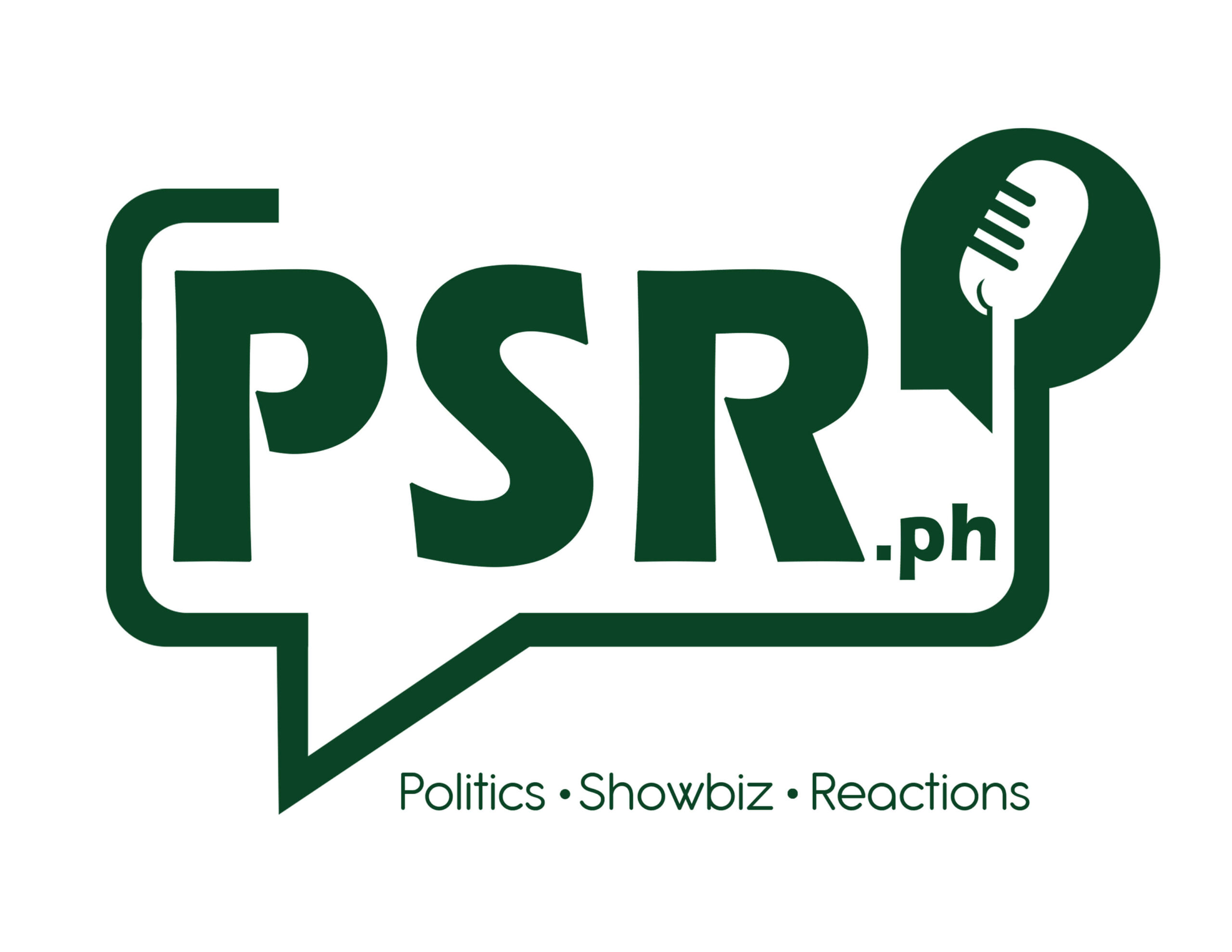
PH’s credit rating intact amid strong fundamentals, sound economic management —S&P
Standard & Poor’s has maintained the Philippines’ investment grade of “BBB” with a “stable” outlook, citing fundamentals and prudent management of the economy that point to sustainability of the country’s economic gains.
The long-term rating of “BBB” is a notch above the minimum investment grade, while a “stable” outlook indicates balanced risks or absence of factors that can lead to a change in the rating over the short term.
Ratings within the investment-grade scale, which help boost investor confidence, is a seal of good housekeeping that indicates ability of a sovereign to meet its financial obligations given a host of factors, including favorable economic conditions.
“High household consumption, investment, and exports (mainly of electronics, commodities, and services) continue to support economic activity. These strengths will likely be underpinned by strong household and company balance sheets, sound growth in jobs and income, inward remittance flows, and an adequately performing financial system,” S&P said.
S&P estimated that per-capita income in the Philippines would grow by 4.4 percent to $3,000 this year, and further accelerate to 4.6 percent from 2017-2019.
This is on the back of the robust growth outlook on the Philippines, which in turn is supported partly by its’ “young,” “educated,” and “flexible” workforce that is complemented by rising investments and a financial system that is able to fund consumption and business activities.
S&P likewise projected the country’s current account to remain in surplus, averaging 2 percent of GDP annually up to 2019. This is on account of continued rise in remittances, electronics exports, and revenues from business process outsourcing (BPO).
The country’s current account has been in surplus for 13 consecutive years since 2003, helping boost the country’s reserves of foreign currencies.
The gross international reserves (GIR) stood at $85.8 billion as of end-August, enough to cover over 10 months’ worth of the country’s payments for imported goods and services. International standards suggest that GIR enough to cover four months’ worth of imports is considered comfortable.
S&P also cited its outlook of a sustained decline in the general government’s debt as a proportion of GDP, from 28 percent in 2010 to 18 percent in 2019, on account of prudent fiscal management.
Meantime, the country’s top economic officials gave statements on the latest rating decision by S&P.
“The Philippines’ ability to keep its credit rating well within the investment grade scale, which has transcended change in political leadership, is a testament that the country’s economic gains have been built from deeply rooted structural and sound policy reforms over the years,” BSP Governor Amando M. Tetangco, Jr. said.
“Through continued conduct of sound monetary policy and prudent bank supervision, as well as efficient management of the country’s external accounts, the BSP will help make sure these economic gains are further enhanced moving forward,” Tetangco added.
Finance Secretary Carlos Dominguez III noted S&P’s decision to maintain the Philippines’ “BBB” rating and “stable” outlook as favorable news: “This certainly is good news as it affirms that the Duterte administration is on the right track in pursuing its 10-point socioeconomic agenda that aims to keep the Philippine economy on its high growth path.”
“The continued investment-grade rating gives the new government greater resolve to transform the economy into a truly inclusive one by pursuing, among others, a tax reform plan that seeks to generate enough revenues to grow the middle class, energize the corporate sector, and raise investments in human capital and social protection to drastically reduce poverty incidence.“
But at the same time, Dominguez argued against the opinion of S&P that predictability of policymaking in the Philippines has “somewhat diminished.”
The finance chief said the administration’s economic pronouncements have been clear and consistent from the very beginning. He highlighted the fact that the Duterte administration’s 10-point socioeconomic agenda was announced early — even prior to the President’s formal inauguration — and that the action plans to realize the agenda have already been operationalized.
“The Duterte administration is loud and clear in its message. We want to achieve a kind of economic growth that is not only robust and sustainable but one that actually lifts significantly more Filipinos out of poverty,” Dominguez said.


